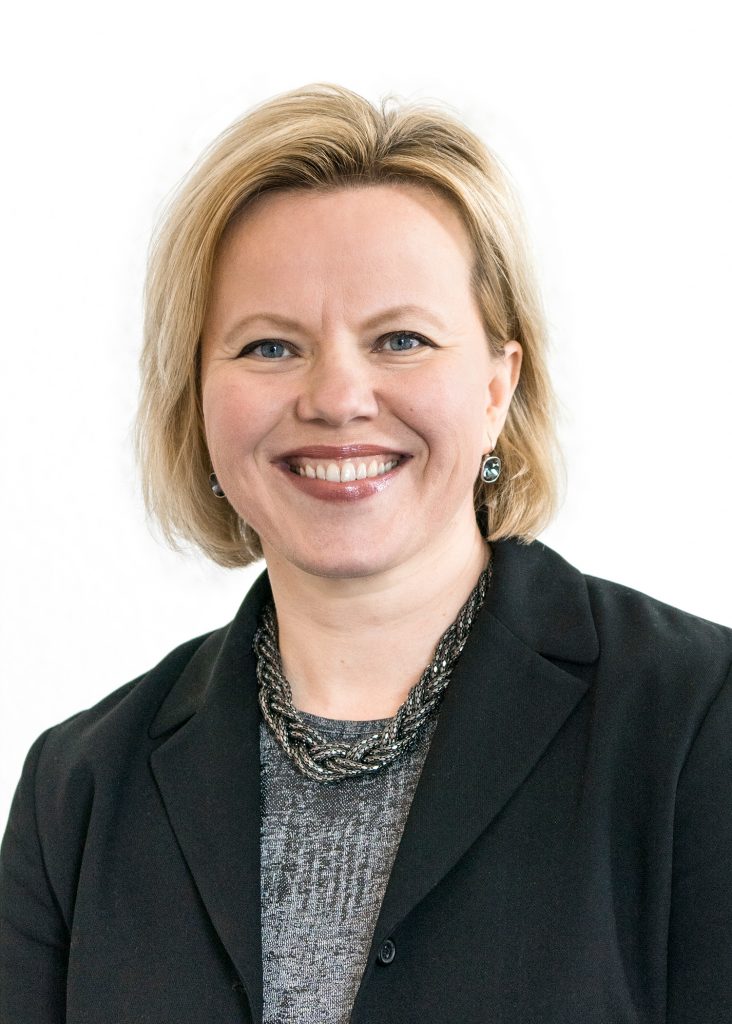Risk of early recurrence of ischemic stroke due to atrial fibrillation may be high, but guidelines of the American Heart Association/American Stroke Association (AHA/ASA) provide imprecise recommendations on the timing and choice of anticoagulant for secondary prevention. A survey assessed current opinions of US board-certified stroke neurologists. In the survey, cases were presented of patients with acute ischemic stroke of varying severity and haemorrhagic transformation following paroxysmal atrial fibrillation. Of 1,239 stroke neurologists surveyed, 238 responded. These were some of the main outcomes:
- For small acute ischemic stroke <1/3 middle cerebral artery (MCA) territory without haemorrhagic transformation, only 24% would start anticoagulation within 48 hours from stroke onset, although 80% would start anticoagulation by 7 days.
- For greater stroke severity >1/2 MCA territory, 29% would start anticoagulation within 7 days, 48% in 7-14 days, and 23% would wait at least 14 days. Some would request stability imaging before starting anticoagulation.
- Asymptomatic haemorrhagic transformation did not appreciably affect anticoagulation timing, but with symptomatic haemorrhagic transformation, 79% waited more than 14 days.
- Most started anticoagulation earlier than initially intended in case of left atrium/left atrial appendage, acute left ventricular thrombi, or mechanical heart valve.
- Direct anticoagulants were preferred by 62%. The most common reasons were low bleeding risk (82%), affordability/cost (55%), and availability of a specific reversal agent (42%). Acetylsalicylic acid was preferred by 57% in patients ineligible for direct anticoagulants.
1. Rybinnik I, et al. AAN 2019, S35.001.
Posted on
Previous Article
« Atogepant effective and safe for migraine prevention Next Article
Possibly lifesaving therapy in refractory PML »
« Atogepant effective and safe for migraine prevention Next Article
Possibly lifesaving therapy in refractory PML »
Table of Contents: AAN 2019
Featured articles
Letter from the Editor
Interview with Prof. Natalia Rost
Alzheimer's Disease and other Dementias
Amyloid PET in cognitively impaired patients
Tight blood pressure control lowers risk of mild cognitive impairment
Epilepsy
Headache and Migraine
Multiple Sclerosis and NMOSD
Immune tolerance by peptide-loaded tolerogenic dendritic cells
Biotin, ocrelizumab, and ibudilast in progressive MS
No increased MS relapse risk postpartum
Neuromuscular Disorders
First-ever effective and safe treatment of CMT1A
Parkinson’s Disease and other Movement Disorders
Leukaemia and hypertension therapies tested in Parkinson’s disease
Stroke
Miscellaneous
Possibly lifesaving therapy in refractory PML
New AAN guideline for treating Tourette syndrome
Subspecialty teleneurology: feasible and highly valued
Related Articles

July 30, 2019
Interview with Prof. Natalia Rost
July 30, 2019
McDonald Criteria MS often misapplied and misunderstood
© 2024 Medicom Medical Publishers. All rights reserved. Terms and Conditions | Privacy Policy
HEAD OFFICE
Laarderhoogtweg 25
1101 EB Amsterdam
The Netherlands
T: +31 85 4012 560
E: publishers@medicom-publishers.com

